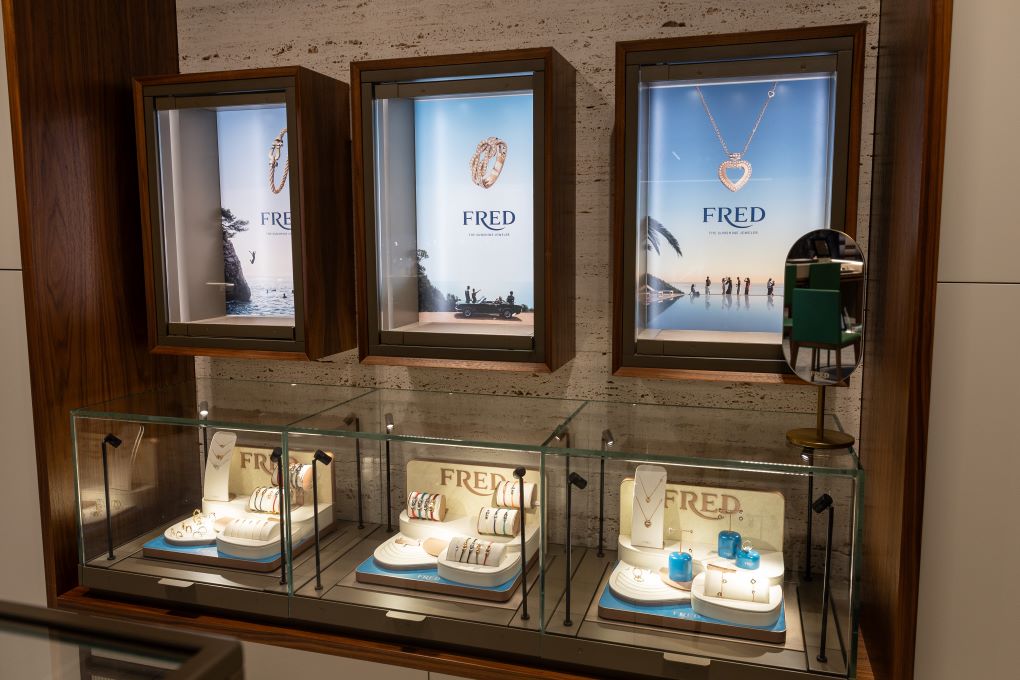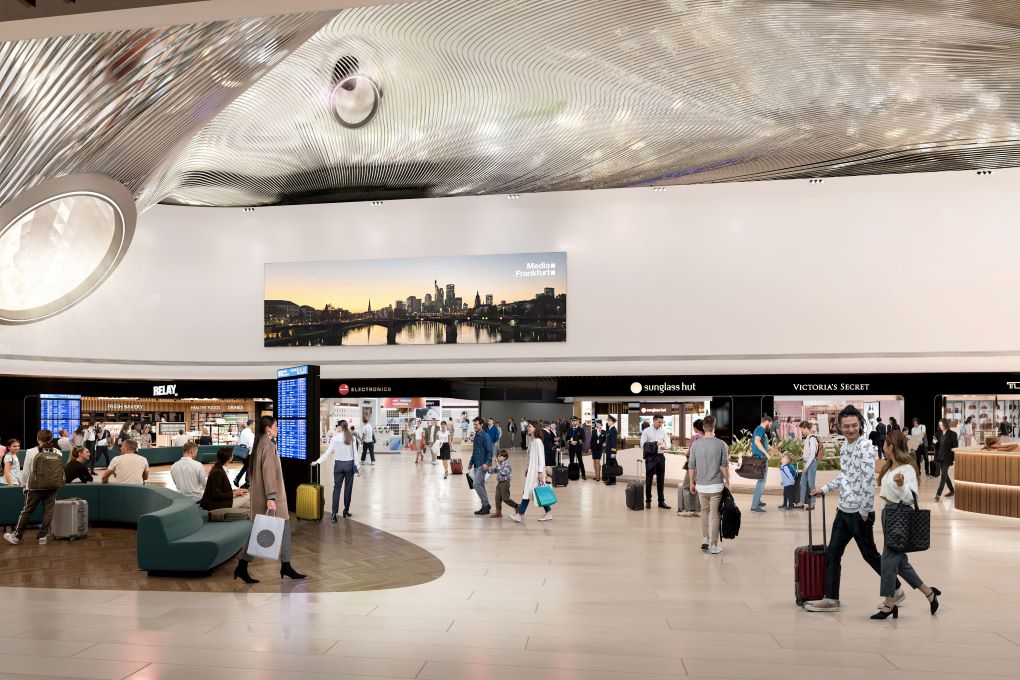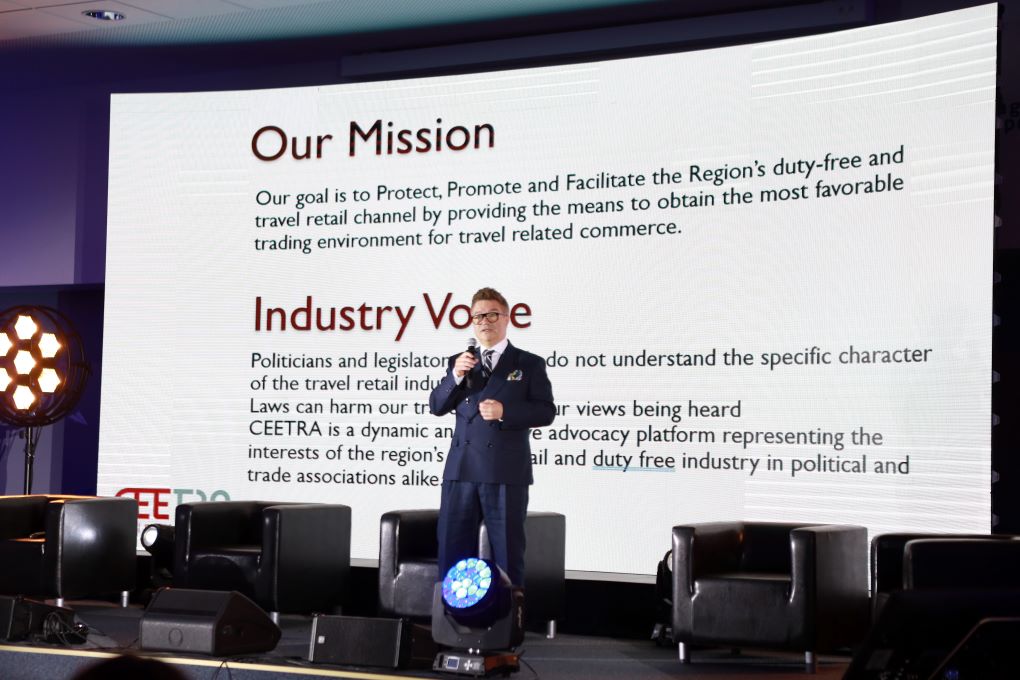MALAYSIA. Malaysia Airports Holdings Berhad (MAHB) has posted total revenue of RM436.41 million (US$135.4 million) for the first quarter ended 31 March 2010, up +11.89% over the corresponding period in 2009. The figures were aided by a strong performance from retail division Eraman Malaysia, which posted a revenue rise of almost +25% (see below).
MAHB Managing Director Tan Sri Bashir Ahmad Abdul Majid attributed the increase in overall revenue to improved results from the airport operations segment, driven by strong recovery in air travel demand.
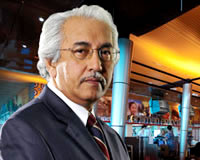 |
“The flexibility shown by the aviation sector to adapt itself to a volatile market has made it stronger, and we believe MAHB is well positioned to ride the growth with positive signs of recovery in FY2010“ |
Tan Sri Bashir Ahmad Abdul Majid Managing Director Malaysia Airports |
Total passenger volume for the quarter was 13.45 million, +21.04% higher than the corresponding period last year, when international passenger movements grew by +31.43%.
“Following higher passenger numbers, revenue generated by our airport operations segment improved by +12.04% to RM408.59 million (US$126.8 million). Aeronautical revenue grew +4.81% to RM205.16 million (US$63.7 million) resulting from higher passenger growth. Our non-aeronautical revenue recorded growth of +20.42% to RM203.43 million (US$63.1 million) underpinned by growth in retail business and higher rental revenue derived from additional commercial space.”
Eraman Malaysia, MAHB’s own retail business, grew by +24.71% to RM100.15 million (US$31.07 million) mainly due to increases in passenger volume. The revenue from rental of space, advertising and other commercials also grew by +16.53% to RM103.29 million (US$32.05 million), contributed by higher rental as a result of an increase in commercial space and appointment of new concessionaires following the expansion of the Low Cost Carrier Terminal (LCCT) in April 2009 and subsequently the completion of the Satellite Retail Optimisation Programme (SROP) in November 2009.
Earnings before interest, tax, depreciation and amortization (EBITDA) improved by +13.22% to RM190.69 million (US$59.2 million).
Profit before tax declined -4.9% to RM119.13 million (US$37.0 million). MAHB said this was mainly due to the adoption of Financial Reporting Standards 139 (FRS 139) Financial Instruments: Recognition and Measurement, resulting in a higher share of losses in Sabiha Gokcen International Airport Limited, in which MAHB owns a 20% equity stake.
This is MAHB’s first-time adoption of FRS 139, which is a requirement in Malaysia effective 1 January 2010. Stripping out the effects of FRS 139, the profit before tax for the quarter was RM139.92 million (US$43.4 million), a growth of +11.70% over the first quarter of 2009.
“MAHB has shown resilience in the face of adversity and we managed to turn in a performance that exceeded expectations in FY2009. The flexibility shown by the aviation sector to adapt itself to a volatile market has made it stronger, and we believe MAHB is well positioned to ride the growth with positive signs of recovery in FY2010. The FRS 139 is mainly an accounting treatment and it does not impact MAHB’s operations and cash flow position, and we expect our operations to continue to grow steadily moving forward,” Tan Sri Bashir concluded.
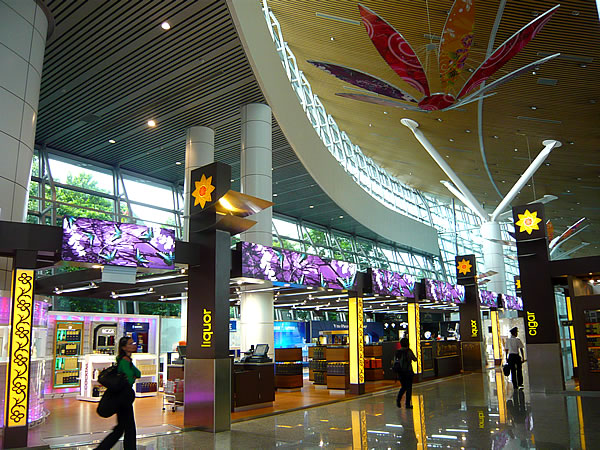 |
Revenue from Eraman, MAHB’s own retail business, grew by +24.71% mainly due to increase in passenger volume |
Expansion in 2010
MAHB plans to increase retail space in five airports by an average of +36% this year, with an average revenue increase target of between +28% to +30%, Malaysia Airports Senior General Manager Commercial Services Faizah Khairuddin told Malaysia’s Business Times last week.
Khairuddin confirmed to The Moodie Report that the targeted airports are the main terminals of Kuala Lumpur International Airport, Kota Kinabalu International Airport, Langkawi International Airport, Sultan Abdul Halim Airport, and Miri Airport.
The commercial development of these airports will be based on the airport classification as well as its customer profile. MAHB has grouped its airports into four main categories: lifestyle, leisure, community and corporate social responsibility.
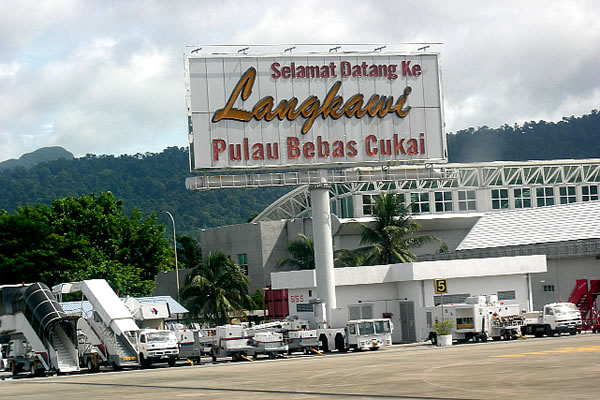 |
Langkawi International Airport is expected to complete a big commercial overhaul by the end of 2010 |
“Kuala Lumpur International Airport (KLIA), for example, is a lifestyle airport, with more than 50% of passengers being business travellers. So when developing the (commercial) model, we are looking at providing services that would be needed by these travellers, such as meeting rooms, which go beyond what an airport would normally have,” Khairuddin explained to Business Times.
The same will apply across MAHB’s airport portfolio in Malaysia, which includes five international airports and 16 domestic airports.
“No airport will be left out. Even the smallest airport with minimal amount of passengers will have at least a convenience store, to cater to passengers’ needs,” Faizah said.
This expansion drive is part of MAHB’s strategy to double its commercial revenue by 2014.
Langkawi International Airport and Sultan Abdul Halim Airport are expected to be fully developed commercial models by the end of 2010 while the terminal in Kota Kinabalu is expected to have its work completed by August, the report added.
The KLIA main terminal will undergo a refurbishment exercise this year, where most of its shops will be redone. The focus at Miri Airport will be to increase occupancy rate of retailers.
Advertisement |


